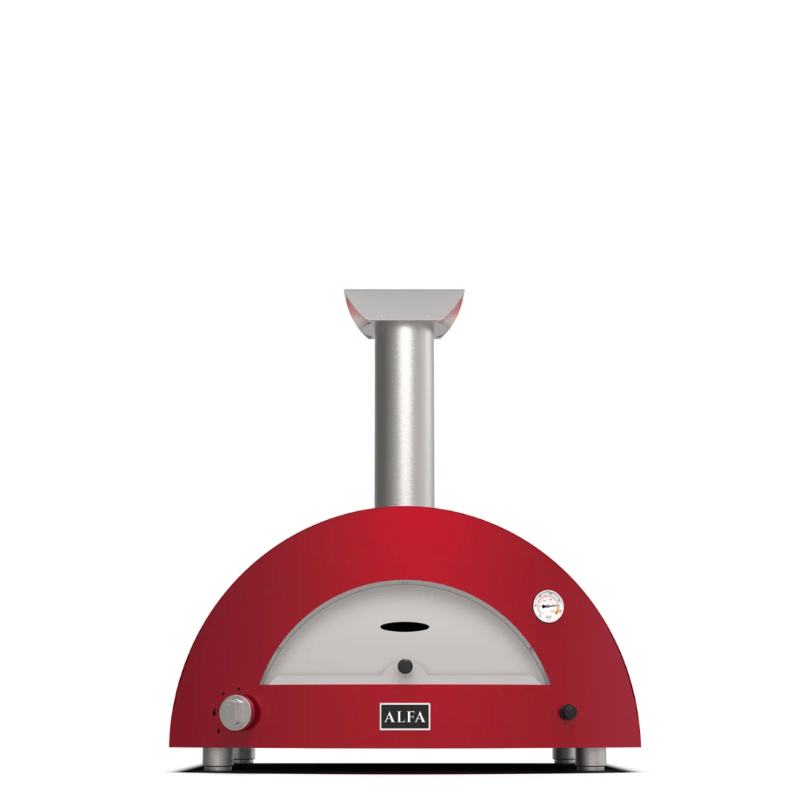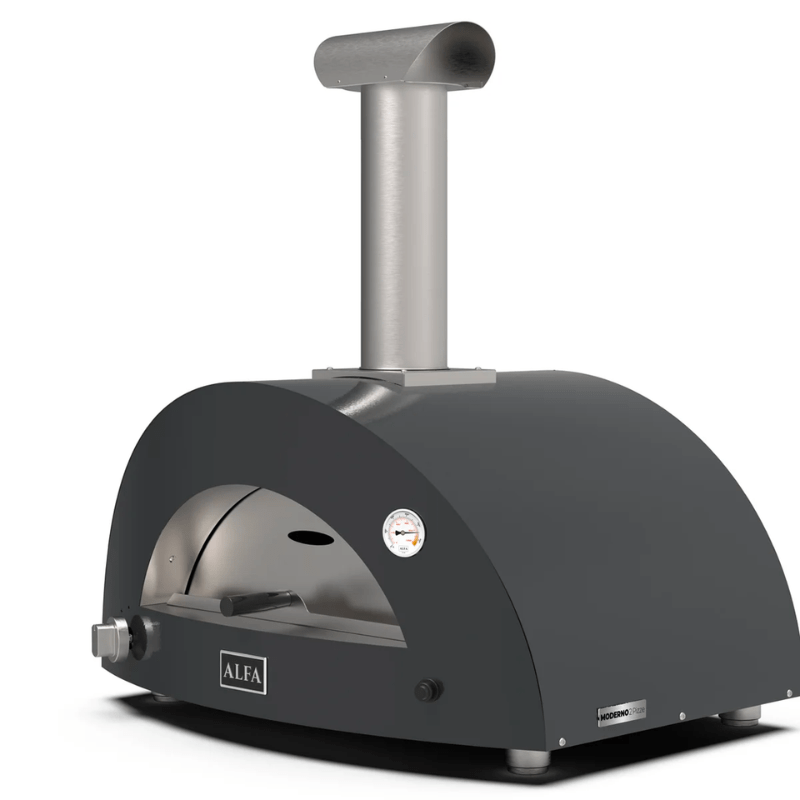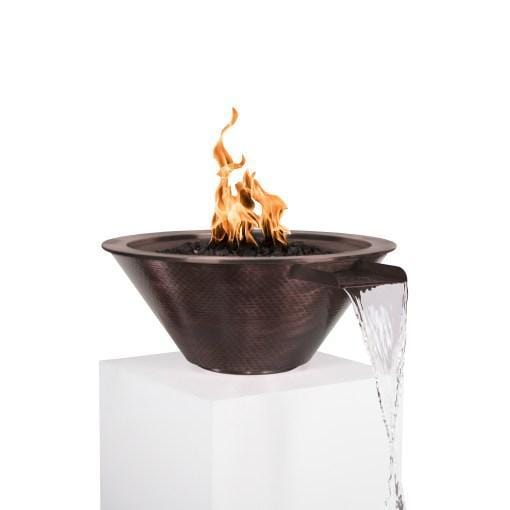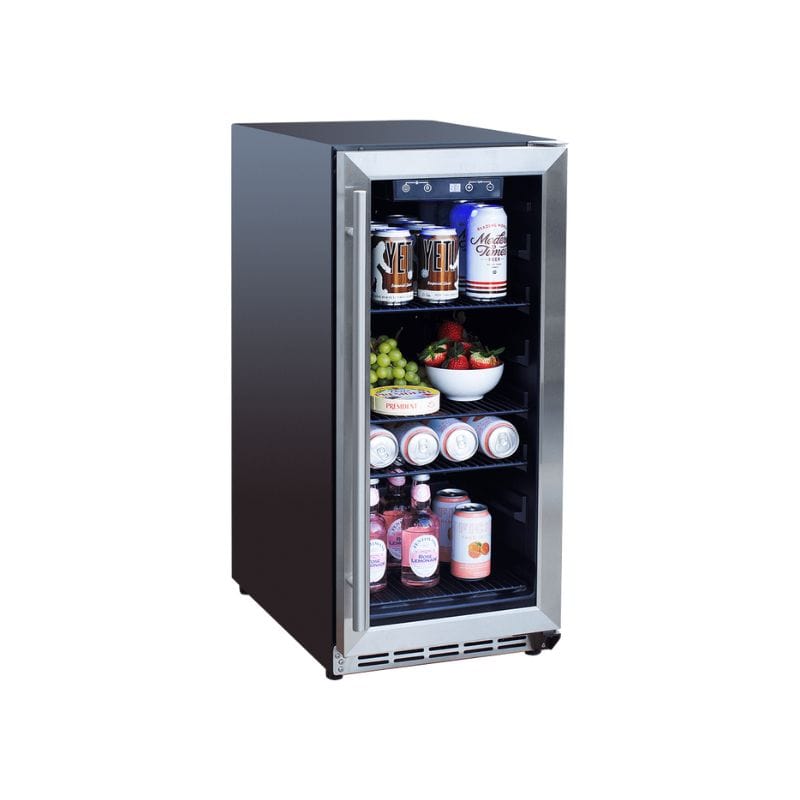From professional gourmet chefs to home cooks, flavor innovation has become a top priority. There is an increasing demand for clean-label food ingredients. This is where food-grade essential oils come in—concentrated extracts that provide intense flavor and aroma with just a few drops.
Food-grade essential oils are processed differently than cosmetic essential oils, as food-grade oils are specifically designated for ingestion. When sourced responsibly, they can often serve as lower cost, "more natural" alternatives to artificial flavorings. Furthermore, these extracts increase complexity in beverages, baked goods, sauces, and even cocktails.

If you are interested in enhancing your cooking or purchasing wholesale essential oils for retail or production purposes, this guide contains the ten most popular edible essential oils along with their distinct flavor profiles.
1. Peppermint Oil
Flavor Profile: Cool, minty and invigorating
Peppermint oil is famous for its use in candies and teas. It can also be incorporated into chocolates. With just two drops of peppermint, it can severely enhance the freshness of desserts.
2. Lemon Oil
Flavor Profile: Bright, tangy and citrus flavored forward.
This oil comes from lemon peels and is useful in preparing salad dressings and marinades, along with baked foods and citrus beverages. It's renowned for its diverse use in both sweet as well as sour dishes, adding a refreshing, zesty flavor.
3. Orange (Sweet) Oil
Flavor Profile: Juicy, sweet, with a mild zest
Chefs and home cooks love orange essential oil because it combines effortlessly with smoothies, syrups, sauces, candies, and baking. It’s perfect for anyone who needs sweetness but does not want the sharpness of lemon or lime.
4. Lavender Oil
Flavor Profile: Floral, slightly herbaceous, subtly sweet
This lavender-flavored gourmet oil has found applications in French and artisanal baking. With skillful execution—lavender oil works wonders when used in shortbread cookies, whipped cream, and lemonade—its floral profile can balance out the sweetness.
5. Cinnamon Bark Oil
Flavor Profile: Warm, spicy, and slightly woody
Used in spice blends as well as apple desserts or blueberry-cinnamon wood-fired bread, and even seasonal lattes. It offers warmth to baked goods, and it is widely used in sweet and savory recipes during the fall and winter months.
6. Basil Oil
Flavor Profile: Herbal, sweet, slightly peppery
Basil oil supercharges pesto; however, its use should be minuscule because it adds s strong Italian taste to Mediterranean meals like pasta sauce or infused oils as well as soups. Its fresh flavors can brighten many dishes with mere hints from this potent herb.
7. Ginger Oil
Flavor Profile: Spicy, sharp warm
Stir fry dishes sing with ginger’s presence especially when intensified with this concentrated version of ground or fresh ginger. It is an excellent additive to tea or gingerbread cakes!
8. Lime Oil
Flavor Profile: Bright, Slightly Bitter
Lime oil is a perfect complement for cocktails and serves as an ideal ingredient in ceviche and citrus desserts. Moreover, it goes well with coconut and chili flavors.
9. Clove Oil
Flavor Profile: Bold, spicy, slightly bitter
Clove oil is commonly used in baked products like bread and pies, as well as in some drinks like mulled beverages. A few drops are also added into meat marinades. The warm depth of clove oil along with its spiciness makes it especially revered on Autumn and holiday-themed dishes.
10. Vanilla Oleoresin
Flavor Profile: Rich, sweet, creamy
Technically not an essential oil, vanilla oleoresin is safe for food applications and often used to add warm notes to flavoring of ice creams, puddings, or baking mixes. With its strong sweet aroma, it's almost impossible not to use while formulating desserts or beverages

What is the Difference Between Essential Oils and Food Graded Aversions?
Like any product out there on the market today, essential oils are made differently. This is because food-grade essential oils undergo stringent procedure involving verification, marking them safe for ingesting by testing for:
- Harmful ingredients
- Method of extraction
- "GRAS" (Generally Recognized As Safe) under specified regulations.
Sourcing Wholesale Essential Oils For Culinary Purposes
Buying wholesale essential oils can be especially useful for chefs, restaurant groups, beverage brands, and gourmet product manufacturers, as it can significantly reduce costs. Additionally, purchasing in bulk provides:
- Greater control over ingredients standards
- Reliable supply for larger batches
- Competitive pricing for premium flavoring agents
Make sure that the supplier's food grade essential oils have GC/MS reports, safety assurances, and defined strengths of flavor before purchasing them.
Conclusion
With potent, food-grade essential oils on hand, kitchens can foster limitless innovation ranging from daily meals with added depth to crafting signature gourmet products. When sourced responsibly and sealed from vetted vendors, you can provide enticing culinary flavor that becomes undeniable, alongside enhanced clean labels and endless creative options.



















